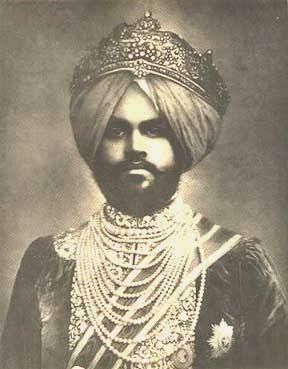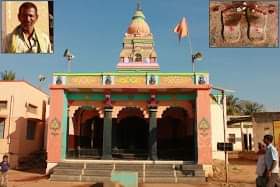
Shri Alaukik Parshwanath #Jain Mahatirth, Hasampura village, Ranabad, #MadhyaPradesh
One of the 108 temples of Parshwa Nath. Inscriptions indicate it is older than the 10th century of Vikram Samvat. The parrikar behind the 24 Tirthankar idols is very artistic.



One of the 108 temples of Parshwa Nath. Inscriptions indicate it is older than the 10th century of Vikram Samvat. The parrikar behind the 24 Tirthankar idols is very artistic.




Today’s Hasampura was previously in the well flourished 'Ujjain' city. During the reign of King Vikramaditya, this village was a street of the city of Ujjain. The king's palace was located here and beside it, was the palace of the queen which is now called Ranikot. 







The temple was first renovated in VS 1649 by Shah Vidyadhar of Ujjain. Later by Acharya Bhuvanbhanusurishvarji’s disciple Muni Nyaayratnavijayji, who on seeing the condition of the temple, initiated renovation in VS 2029, which was completed in VS 2036. It is an Atishay Kshetra. 







• • •
Missing some Tweet in this thread? You can try to
force a refresh




























